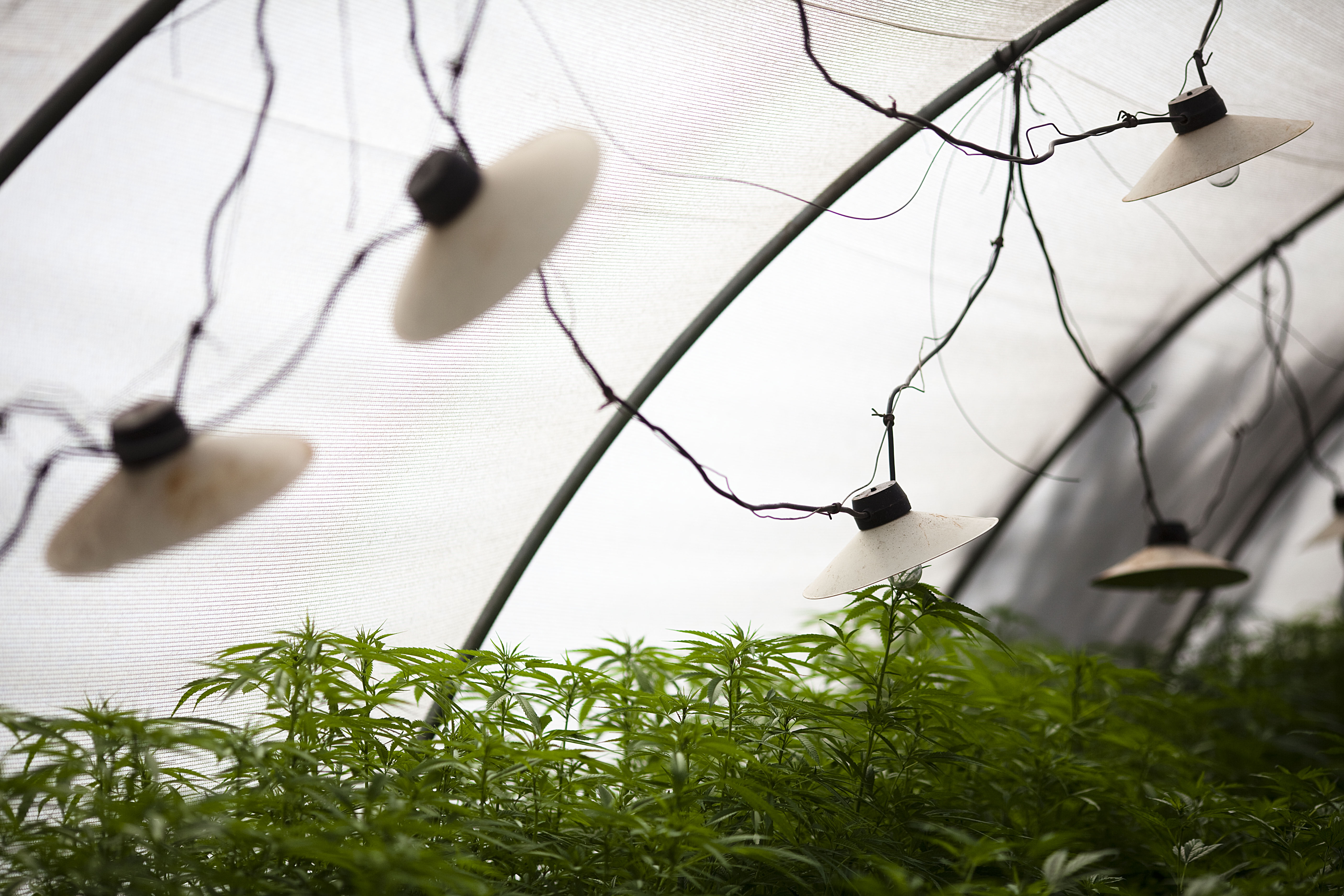Smart meters and advanced analytics could come to the rescue.
It’s no secret that it takes a lot of energy to grow blueberry kush, purple sour diesel, voodoo or any of the dozens of other potent strains of marijuana available in North America.
In the U.S. alone, indoor cannabis growing uses about $5 billion in power annually, mostly to power the irrigation system and powerful lights beneath which the plants grow.
Many indoor pot growers are not paying their electric bills in full, likely because they are outlaws in the eyes of the Canadian or U.S. federal governments. Many marijuana growers mask their operations by stealing some or all of the power needed to sustain the grow lights.
But that could be changing, not only because of states like Washington and Colorado legalizing pot, but also because of advanced meters that can give utilities new insight into who might be stealing power to grow weed.
“They’re starting to pull in smart meter data and correlate it,” said Zach Pollock, senior analyst with GTM Research. “It’s a no-brainer to bring in more data to increase the strike rate” of catching thieves.
Although most of the focus is on Humboldt County in California and British Columbia, grow operations are costing utilities across Canada and the U.S. In one example, CenterPoint Energy in Texas found about fifteen houses that were used for grow operations that bypassed the older meters and were each netting about $30,000 per month.
In a new report from GTM Research, Utility AMI Analytics for the Smart Grid 2013-2020: Applications, Markets and Strategies, Pollock notes that the Canadian government estimates that utilities lose more than $500 million from electricity theft, the bulk of which is perpetrated grow operations.

The problem is particularly serious in British Columbia, where theft reduction is expected to account for about half the recovery costs of smart meters for BC Hydro. The utility estimates that grow ops cost its customers about $100 million per year.
But it’s not enough to just replace old, electromechanical meters with new ones to catch people stealing power. “More granular theft detection requires correlation of increasing amounts of data, as well as integration with utility software assets, particularly geographic information systems,” writes Pollock. Advanced meter analytics, including load balancing, can be a useful tool as well.
In Canada and the U.S., which have far lower rates of theft than countries like India and Brazil, there are increasingly more sophisticated thieves, according to the report. Instead of just tampering with a meter to turn it off completely, grow ops often use partial bypasses or intermittent meter swap-outs. Simple theft detection flags simply aren’t enough anymore, as a report from Accenture highlights.
And for utilities without advanced analytical platforms but serious marijuana grow ops in their territory, there are other developments afoot that could help alleviate the stealing: legalization and LEDs.
By Katherine Tweed: Greentech Media

